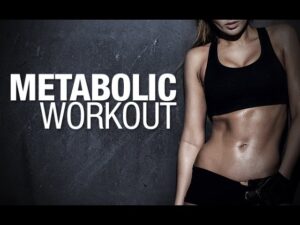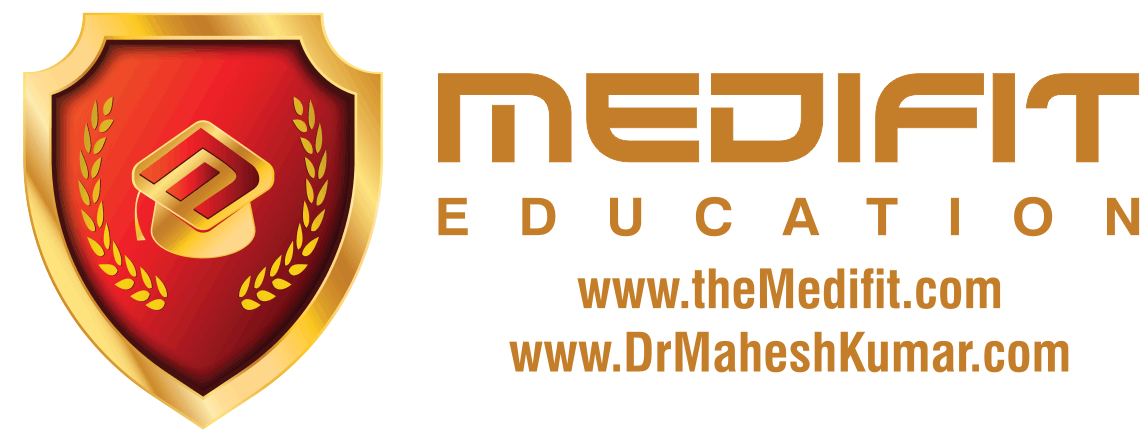In this video I discuss the 3 energy systems in the body, atp energy, aerobic energy, anaerobic energy, adenosine triphosphate, creatine phosphate and ways to train the energy systems in the body. The Body’s Energy Systems Energy is needed to produce physical movement, maintain body temperature and keep up with all the metabolic activities in the body. In our bodies, all physical movement relies on the compound adenosine triphosphate, or ATP. Atp is stored in the muscles, so it is immediately available to produce movement. However, storage of ATP in the muscles is limited. So, any movement that lasts longer than a few seconds requires more ATP to be produced. Our bodies have 3 energy systems that can produce ATP energy, the ATP-PCr system, the glycolytic system, or lactic acid system, and the Oxidative system. The first 2 systems are anaerobic systems, meaning oxygen is not required to produce ATP, and the Oxidative system is aerobic, because oxygen is needed for ATP production. The atp-pcr system is based on movements lasting about 10 seconds or less, such as strength power movements like a golf swing, jumps, throwing, or racket serves. These types of quick burst movements can be done with ATP that is stored in the muscles. During Short, Sustained power movements, or any quick bursts such as short sprint, ATP will provide the energy alone for the first few seconds, with a compound called creatine phosphate, or PCr, buffering the ATP for another few seconds. Like ATP, the amount of Pcr is limited, so this system can provide energy for movements up to about 15 seconds in total. This energy system produces ATP very quickly, but not over a long duration. Next, energy demands shift to the glycolytic system. This system relies on the rapid breakdown of carbohydrates. Glucose, which is one of the most basic forms of carbohydrates, is constantly circulating in the bloodstream. Glycogen is a stored form of glucose in the muscles and liver. This blood glucose or glycogen is broken down to create ATP through a process called glycolysis. During this energy supply process, a substance called lactate is formed, and hydrogen ions are released. It is believed that the accumulation of these hydrogen ions in the muscle causes the muscle to become more acidic, contributing to fatigue and a burning sensation. Exercises that are performed at maximum rates for between 1 and 2 minutes, such as a 200 yard dash, depend heavily upon the lactic acid system for ATP energy. This energy system produces ATP very quickly, but again, not over a long duration. The oxidative system involves the use of oxygen. Through 2 complex metabolic processes, the Krebs cycle or citric acid cycle, and the electron transport chain, ATP is produced. This energy system, with all of its processes can’t produce ATP nearly as quickly as the first 2 systems; however, this system can produce ATP for a much longer duration. This system can use carbs, fats, or if necessary, even protein, however, fats and proteins have to be broken down, so when the system uses them, the process becomes longer. This system is used for longer duration activities, such as a bike ride, or long run. The chart on the screen shows an estimate of the % of energy used from each system along with time plotted at the top, you can see the atp cp system dominates at the beginning, then glycolysis becomes the dominate energy provider, and then energy really relies on the oxygen system. Here are two other charts; the one on the left shows an estimated rate of ATP production per second for each system. It shows the rate for carbs and fats for the oxygen system. You can see how much more rapidly the ATP pcr and glycolysis systems are at ATP production. On the left is a chart showing the aerobic ATP production for trained and untrained people, showing the benefits of well trained persons, as they don’t run out of energy easily. Each of these systems can be trained to be more productive. By changing your workout routines, doing explosive moves like box jumps you can improve system 1. By doing circuit routines, going from one exercise to the next with little to no rest in between and using lighter weights you can train system 2. And, by doing a 20 to 30 minute cardio session of low to moderate intensity, like walking, jogging or biking, you can improve system 3. Its good practice to train all 3 systems, by altering your workout routines. The body is amazing, and it adapts very quickly. Changing up routines also provides mental stimulation, which helps overall health, and can help people stay motivated to workout regularly. Remember this folks, hit your body as differently as possible, as often as possible.
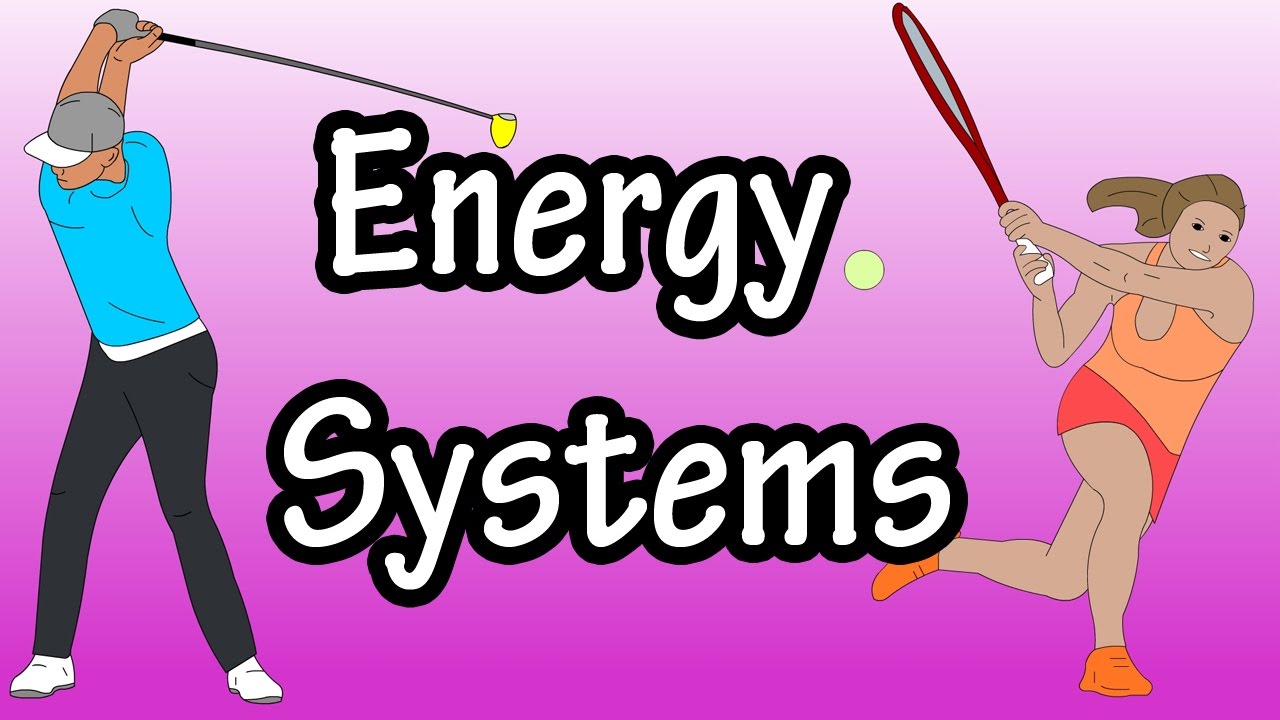
Bioenergetics Video – 1
- Post author:admin
- Post published:May 10, 2021
- Post category:Uncategorized
- Post comments:0 Comments
You Might Also Like

Abductor-2

Echo, What Is It?

Stress, hormones and weight gain connection

Thyroxine, T4 thyroid hormone
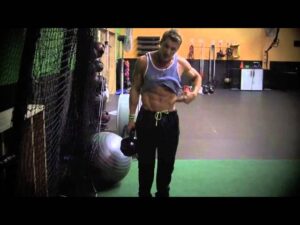
Quick Exercise to Build that awesome V-shape Abs ( Ivans fitness) bodybuilding
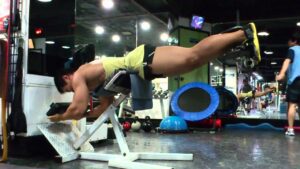
Reverse back extension
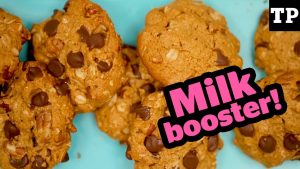
How to make delicious lactation cookies (to help boost your milk supply)
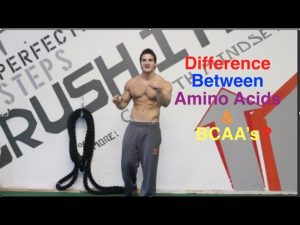
What is the Difference Between BCAA’s & Amino Acids? And Are They Worth Taking?
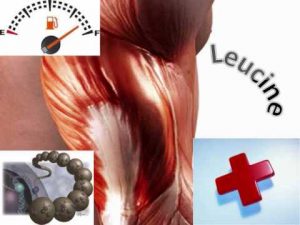
BCAA (Branched Chain Amino Acids)

How To Warm Up Before Your Run | Get The Most Out Of Your Running Workout
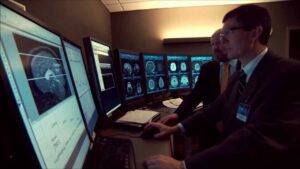
Homicide Psychology/ Psychiatry Video – 1
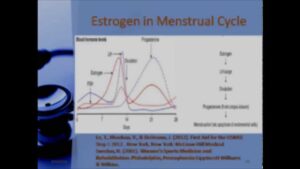
The Role of Estrogen in Pregnancy
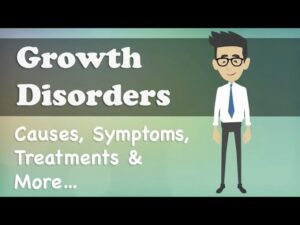
HGH, Growth Hormones & Plant Hormones Video – 24

Review: Skinny Sprinkles Day 5 l Clare Elise
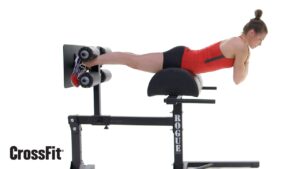
Erector Spinae Back Extension-16

Developmental Psychology Video – 2

Antioxidants and Depression

Intermittent Fasting & Fasting Video – 25
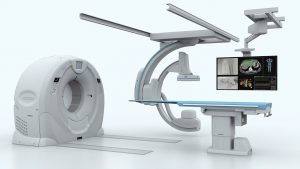
SEE DIAGNOSE TREAT – Infinix 4D CT

Abhyanga – Ayurved Video – 3

Kriya Video – 4
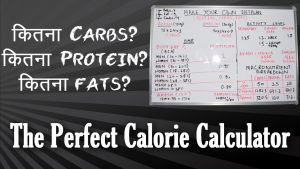
जानिए आपको दिन में कितना खाना चाहिए | Calculate Your Daily Calories Intake

How to Get Big Biceps – IN THE HOME!! (Without Equipment!)
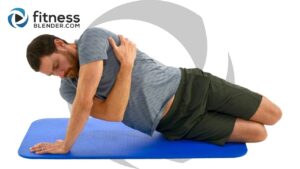
Intense No Equipment Upper Body Workout – At Home Upper Body Strength Without Weights
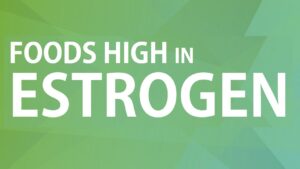
Foods High in Estrogen – Super Foods Good Health – Benefits of Wellness

How To Know If You Have Gynecomastia? – 5 Gynecomastia Symptoms!

High Intensity Training Video – 1

Angiography V/S CT Coronary Angiography
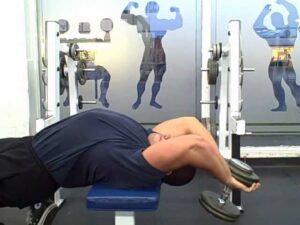
Dumbbell Pullovers A Forgotten Chest Exercise
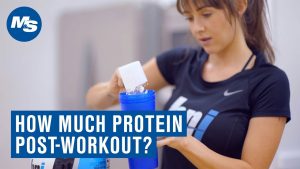
How Much Protein Should You Consume Post-Workout?
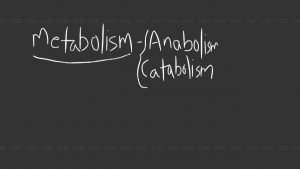
What are metabolic processes

Lateral Raises-16
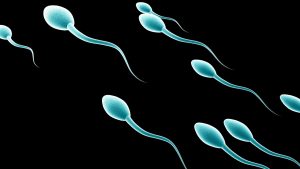
How to Treat a Low Sperm Count | Infertility

Clinical Psychiatry Video – 3

Tennis Video – 3
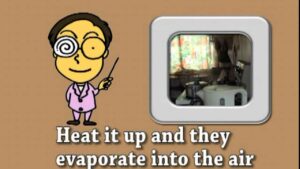
What is Water? – The H2O song – by Peter Weatherall
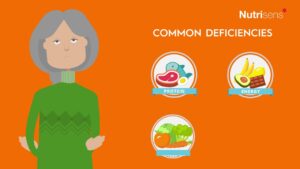
Pediatric Malnutrition Video – 1

Seated Row-4
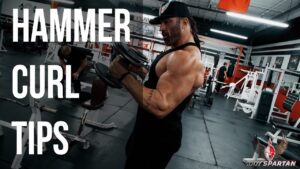
Arm Workout Tips | Hammer Curls | Biceps Workout
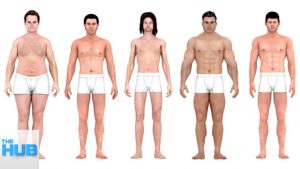
10 Things Your Body Shape Says About You

Cardio and Aerobic Exercising : How to Burn Calories Through Walking & Jogging
